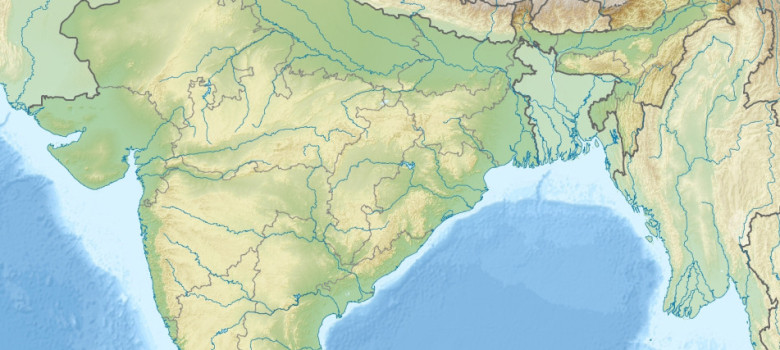
Like many economically developed countries in the modern world, India is highly dependent on its use of non-renewable energy. The fossil fuel that India consumes the most of is coal. The country possesses a large abundance of coal deposits which are mostly found on the east coast, so they don’t need to import as much. The majority of India’s power stations burn coal to generate electricity – the energy generated in these plants accounts for over half of their current energy demand. Carbon dioxide emissions from coal-firing plants has become a serious problem for the country; coupled with large densities of vehicles in urban areas that also emit their own greenhouse gasses. As a result India’s government has been taking steps to reduce environmental damage and health problems.
Recently India’s power and energy minister Piyush Goyal has highlighted the need to combat air pollution by dedicating funds and research into renewable energy projects. In this blog we will focus on India’s push for sustainability in the area of sustainable power which is improving the quality of life for their country.
Solar energy
With many clear sunny days all year round the potential to generate solar energy is huge. This energy reaches its most intense points in India’s many desert areas in the North West regions of the country. This is where the Gujarat solar park is located. Existing projects similar to this are being funding by foreign investors to increase India’s output of clean energy. Solar panels can be imported at low cost from nearby Chinese traders and are relatively easy to install. Goyal recently put forward his proposal to introduce a ‘Grid Connected Rooftop and Small Solar Power Plants Programme’ to install a large array of solar panels in India’s many domestic and industrial regions. An ambitious target has been set to increase India’s capacity for solar energy by 33 times its current amount. This increase in capacity would require substantial investment.
The funding for India’s energy push must also be sustainable – a model not solely based on grants and subsidiaries. India allows 100% direct access from foreign investors into their renewable energy market, encouraging partnerships into combating the global issue of climate change. Over the last couple of weeks Barack Obama pledged to assist in tackling India’s air pollution problem by agreeing a $1-billion loan to deal into the solar energy market. Certainly a step in the right direction to reduce dependency on fossil fuels – the leading contributor to greenhouse gasses.
Improving quality of life
These announcements triggered a positive reception, especially from poverty stricken families who live near power stations. Lignite or ‘brown coal’, the most abundant type of coal in India produces a very high volume of ash when burnt. The ash is bad news because it contaminates water supplies for poor families who have very little to drink. The ash has also been proven to cause cancer of the skin and damage the nervous system when inhaled.
This is an unfortunate example of life in the modern age, it affects many people living on the breadline around the world. Solar energy and wind power has been improving the quality of life for Indian families who do not have access to electricity. A combined initiative that does not require government grants. Saving on needless electricity costs is crucial for those living on a tiny stream of income, a flat purchase for a solar panel is a massive saving over time on energy bills in homes that only require a small amount of electricity. Wind power has been achieving this goal too, combined with solar power it’s India’s aim to electrify all of the poorer south-western regions of the country.
Karnataka is an example of one of India’s poverty stricken states. The wind blows very strongly here and there are a couple of ways to harness this natural form of energy. Wind generators are a clean method of energy generation but the rotors can be a hazard for wildlife and people living near them. More importantly though it lessens the need for polluting fuels that cloud the atmosphere in these rural areas (diesel for example). As such the quality of life for residents will have increased with this simple change.
If we continue our dependency on fossil fuels without a backup plan, it is bad news for everyone, especially the world’s poor. It is important to follow India’s example by showing the initiative and desire to push into renewable energy markets to create better living and environmental conditions for our future generations.
Think we missed something? Do you have a different opinion?
Comment below to get your voice heard…












This is incredibly thought provoking and insightful.
Brilliant post and you’ve really hit the nail on the head- renewable energy is something that should definitely, no longer be ignored!